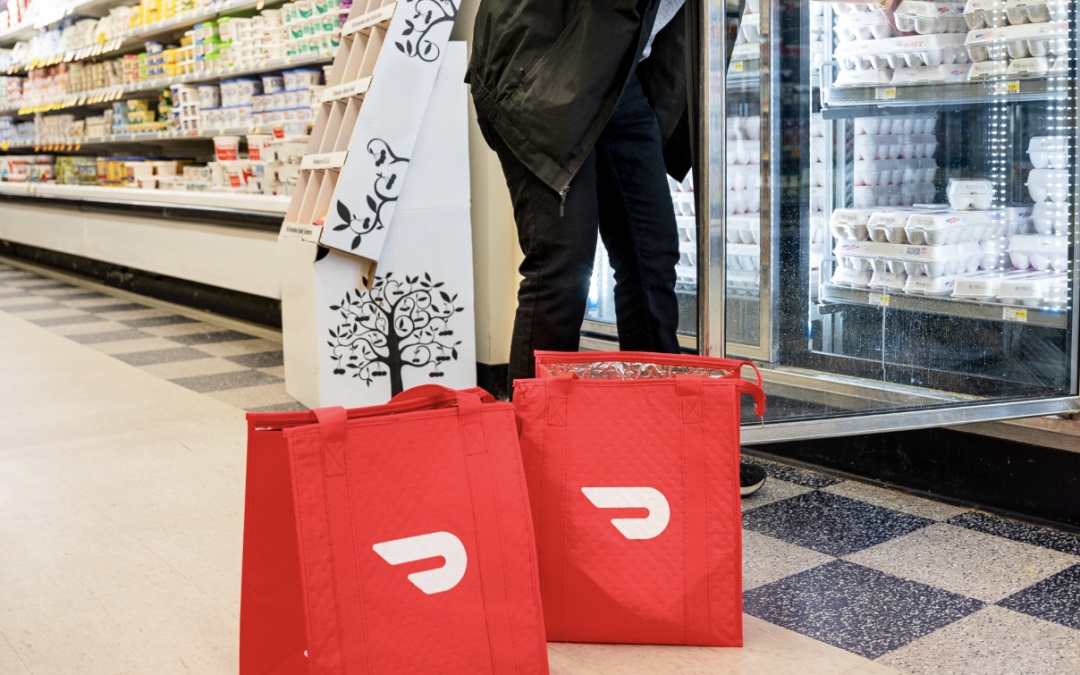DoorDash reportedly plans to expand further into retail and grocery in 2024, as the company looks to diversify beyond its core restaurant delivery services, CEO Tony Xu said in a recent Financial Times article.
“The two largest areas of investment are expansion and penetration outside of the U.S., as well as the same outside of restaurants,” said Xu.
The article stated that DoorDash reported $878 million of free cash flow for the 12 months ending in September, setting the company up for growth over the next year.

DoorDash CEO Tony Xu
“If you already have a large consumer base and a large driver base that is interacting with you many times a week, you just have more shots on goal to be able to launch into these adjacent categories,” Xu told the Financial Times, adding that the company “went from zero to a multibillion-dollar business” for deliveries outside of the restaurant space.
Citing information from YipitData, the FT notes that DoorDash has nearly doubled its market share in the last five years and now accounts for 59% of the U.S. restaurant delivery market.
Despite plans to further scale, Xu said the company will keep a “high bar” regarding acquisitions. Its most recent deal was a $3.5 billion purchase of Finnish delivery startup Wolt that closed in 2022, which expanded DoorDash’s European operations.
“We’re not going to invest behind inefficient growth,” said Xu. “We’re not investing into every single project at the maybe levels that we like…but we’re always looking to reinvest.”
In September DoorDash began ramping up its grocery delivery presence, adding several new store partners to its marketplace, including Cub Foods. The move came as competition in the sector heated up amid Instacart, the largest grocery aggregator, going public.
“Grocery is the largest retail category and represents a $1.1 trillion industry in the United States alone,” said Instacart CEO Fidji Simo in the filing. “But only 12 percent of grocery sales are made online today. As even more people shop online, online penetration could double or more over time.”
Also in the filing, Instacart released data on the outlook for the on-demand grocery market. “In the decade between 2009 and 2019, online grocery penetration increased from 1 percent of the overall grocery market to 3 percent, and then, in the following three years to 2022, it quadrupled to 12 percent” the company stated alluding to anticipated growth in the sector.


